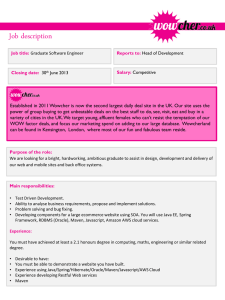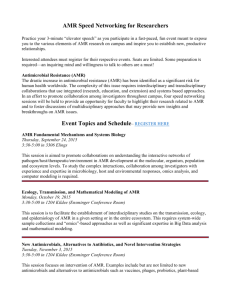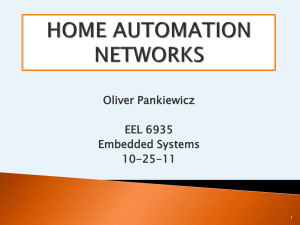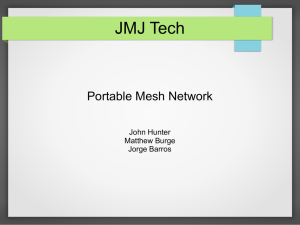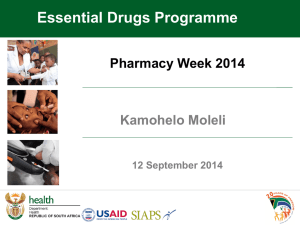ISGF-Maven - India Smart Grid Forum
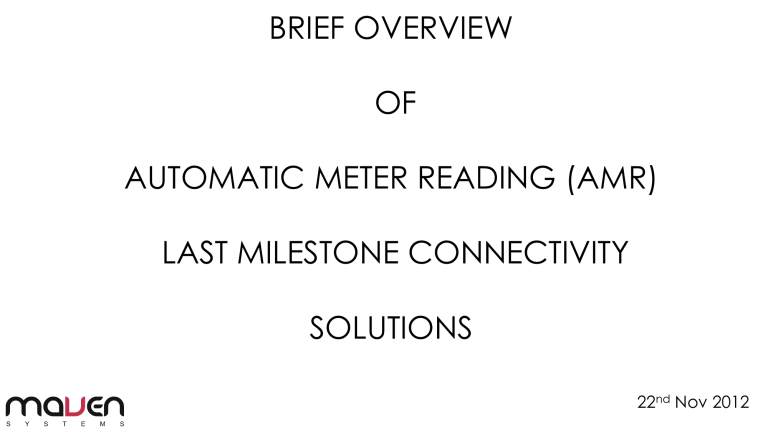
BRIEF OVERVIEW
OF
AUTOMATIC METER READING (AMR)
LAST MILESTONE CONNECTIVITY
SOLUTIONS
22 nd Nov 2012
Agenda
►
Introduction
►
Deployment scenario and AMR frame work
►
Pre requisites of a successful AMR
►
Maven’s mesh network protocol
Electricity
Introduction
►
Maven systems is a product engineering company with an expertise in providing end to end solutions for automatic meter reading.
►
AMR solutions are based on LPRF, PLC and GPRS technologies
►
Hands on expertise on ZigBee, proprietary mesh, 6LoWPAN, DLMS,
Modbus, KNX, M-Bus protocols to name a few.
►
Multiple pilots based on LPRF based technologies are in place based on Sub 1 GHz (865- 867 MHz) and 2.4 GHz technologies.
2.4 Ghz Sub 1 Ghz (865- 867 MHz)
ZigBee with SEP 2.0 / MSP ZigBee
Maven mesh network protocol Maven mesh network protocol
►
Both technologies have their set of advantages / disadvantages and in the course we have benefited with substantial learning and observations about implementations of AMR.
Deployment scenario
AMR Frame work
Pre requisites of a successful AMR implementation
►
Robust and appropriate technology for last milestone connectivity
►
Ease of data collection with user friendly customer touch points
►
Ease of implementation and deployment
►
Reliable system with low maintenance
►
Lower implementation and operational costs
►
Stable and self healing networks
Important
►
Capability to capture accurate base line data which could be closely linked with generation capacity and distribution management
►
The implementation should be scalable to a AMI, smart grid implementation with minimal changes and efforts.
Maven’s mesh network protocol
Topics
►
Adhoc on-demand routing
►
Mesh advantages
►
Data concentrator
Adhoc on-demand routing
►
Network is silent until a connection/ data is needed
►
Eliminates the efforts of identifying the locations for the coordinator, routers for data fetching.
o
In case of ZigBee if the coordinator fails then data cannot be fetched till the time coordinator is restored and the network is created again.
►
Installation process is simpler and connection setup delay is lower
►
Data can be fetched on demand and / or at regular interval
Mesh advantages
►
Cost effective and dynamic high bandwidth networks over a specific coverage area
►
Self healing in case of failures of one of the meters in the path
►
Auto discovery helps identify the newly introduced meters
►
Reduces the efforts of meter commissioning
►
PAN ID is used to create the specified coverage area
Data concentrator
►
Data concentrator can cache the history data up to 1000 meters along with time stamp as it has larger memory available.
►
DC has a list of meters to be polled and the polling duration at which the data can be cached from meters.
►
DC uploads the cached data when GPRS connection is available else would store the data and upload it offline when GPRS connectivity is available.
►
Cached data on server can be used for billing, plotting the usage patterns and / or energy profiling.
►
Hand held unit can also collect the cached data from the DC
Thank you !!
Maven Systems Pvt. Ltd.
Tel. No.: 020 - 3240 3635 / 2539 6775
Mob: 9823882230
E-mail : inquiries@mavensystems.com
/ anurag.ambedkar@mavensystems.com
Website: www.mavensystems.com
